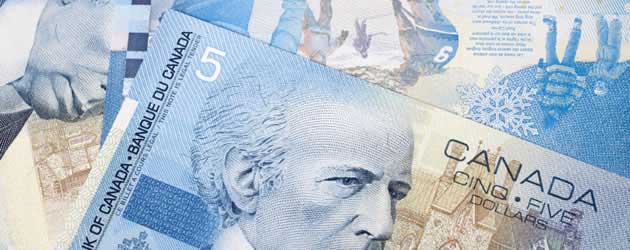
The Canadian Dollar has strengthened against the majority of its most-traded peers and made gains against its commodity based counterparts as the value of crude oil, the country’s largest export made a third day of gains.
The rises against the Australian and South African currencies have come as a result of speculation amongst investors that the Canadian currency will be the least affected by the recent weakness in the price of metals such as Gold, Nickel and Copper, all of which have fallen in value after gold plummeted to its biggest drop in 33 years last week.
“From a monetary-policy perspective, as well as the external environment in Australia, Canada looks in slightly better shape and I do think there’s scope for relative Canadian dollar out-performance, albeit more so Australian dollar under performance,” said Jeremy Stretch, head of currency strategy at Canadian Imperial Bank of Commerce in London.
The currency has also been supported by the G20’s ruling that Japans monetary easing programme has not broken any rules and by an increase in risk appetite caused by the re-election of Italian President Giorgio Napolitano.
The currency has been struggling to appreciate in recent weeks due to currency speculators betting against the ‘Loonie’ . There are concerns over the state of the Canadian housing market and the nation’s level of consumer debt but some economists believe that the outlook for Canada’s biggest trade partner, the USA doesn’t support those speculators grim view.
The currency remains vulnerable to a slowdown in the mining industry after Caterpillar Inc; one of the country’s biggest mining companies is expected to paint a bleak picture for the sector as it released its first-quarter earnings report. In the first quarter, Caterpillar earned $880-million or $1.31 a share, compared to $1.6-billion or $2.37 a year earlier, while revenue slipped to $13.2-billion from $16-billion.

Comments are closed.